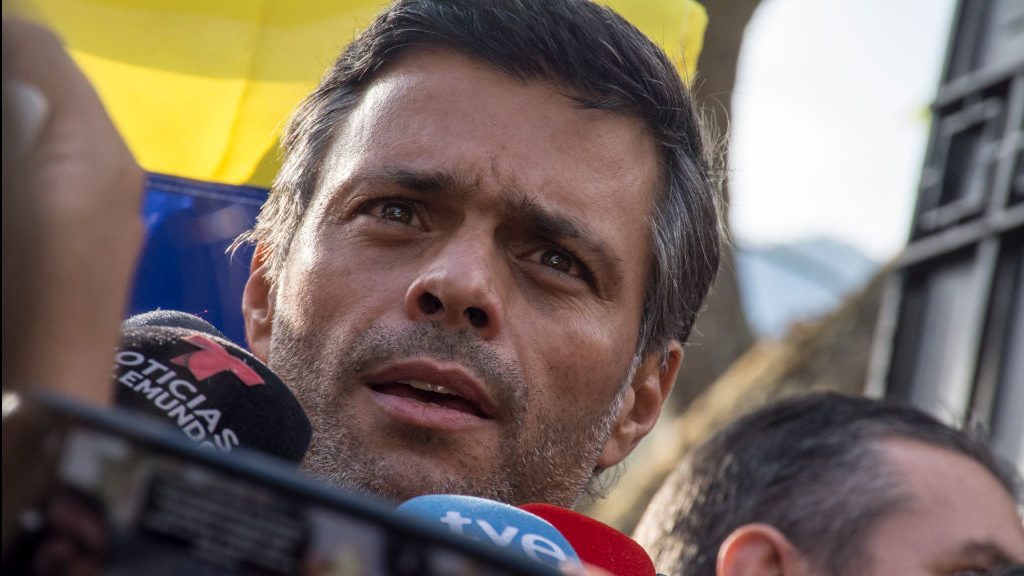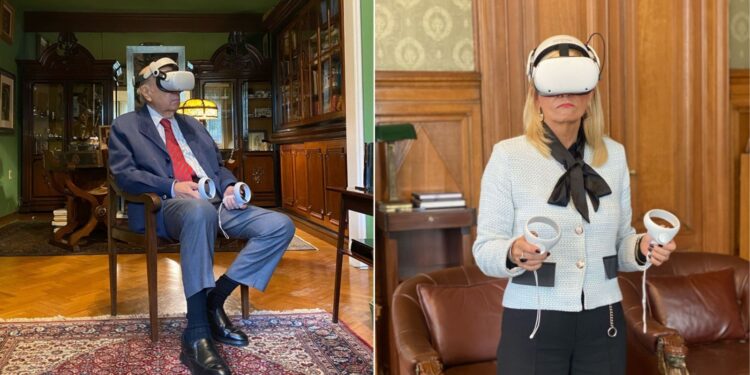It is more than 11,700 years old and is one of the finest skeletons in prehistoric times. His remains, baptized as the ‘Man of Lois’, have been kept in a cave near the city of Erro in the Navarre in northern Spain for nearly twelve thousand years, where he was laid to rest this Friday. “An Exceptional Invention”.
This is a male, aged 17 to 21 when he died, presumably a resident of the wooded area of the Pyrenees in front of the Navarrese, where the cave is located, which was discovered in November 2017 by a team of scologists Sagon. Archaeological excavations, led by the regional government, have since begun excavating the cave and its surroundings and excavating the remains to begin this Thursday.
The details of the entrance to the narrow cave are explained by the experts of the Interim Committee working on the investigation. Apparently, the remains were deliberately placed in that place as a funeral rite, and today a complete skeleton has been reconstructed and anatomically in contact and well preserved, with a hole in its skull standing alone that could have been caused by the impact of a projectile.
Discovered condition and remains The body may have been covered in a shield or funeral rite, covered with red sediment, apparently concluded to be ocher, explained anthropologist Maiden Dropu of the team that examined the remains, which have been preserved unchanged. To this day.
As Pablo Arias, a prehistoric professor at the University of Cantabria, explained, it was a privilege to be able to “face the challenge of studying” something uniquely unique in Spain and one of the rarest in the whole of Europe “because it has” very few remnants “of its own time, and” the best of these ” The level of security is “low.
It opens up the “battery” of analysis from the genetic point of view, the optimistic expectations about this person’s geographical movement, their diet, past illnesses and other characteristics that will be explored in the “intermediate and teamwork”. Currently 26 people have composed this.
For now, the fact that one can carry out the discovery is obviously a deliberate deposit and it may have been hidden, although the funeral rites of the time it was dated are not well known, in which the climate was very humid and the men lived exclusively from fishing, hunting and collecting.
The anthropological record of this period is very limited throughout Western Europe, and therefore very similar, but about 600 years later, burying some similar events in Cueva de los Azoulos, Asturias, (northern Spain) and France, he said.
In addition, Arias specializes in the “exemplary and exemplary administration” of the skeleton, beginning with the Sagon group’s “respect for heritage” and facilitating the work of archaeologists to communicate immediately without touching their discovery, and for the Spological work that has been carried out, and later to study the cave.
The first works to be carried out are to preserve and preserve the invention, to ensure the closure of the pit, and to mark the completion of the works, which now begin by taking the baton from those initiated by the Sakon team. Field.
In particular, it will continue with the exploration, landscape, archaeological reconnaissance and geography of all the new galleries discovered, so far no other archaeological remains have been found.





